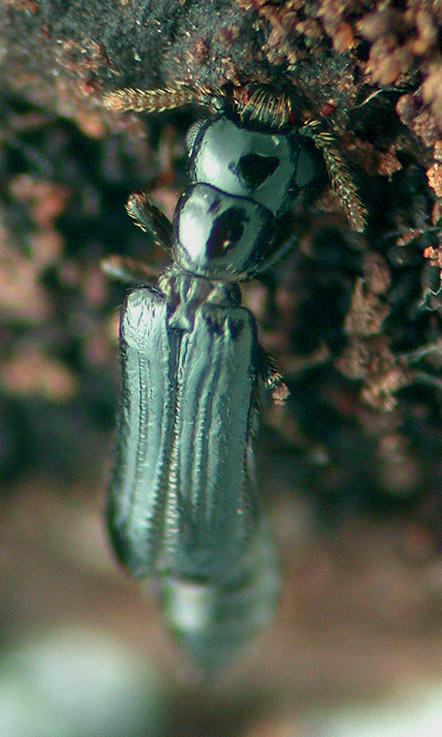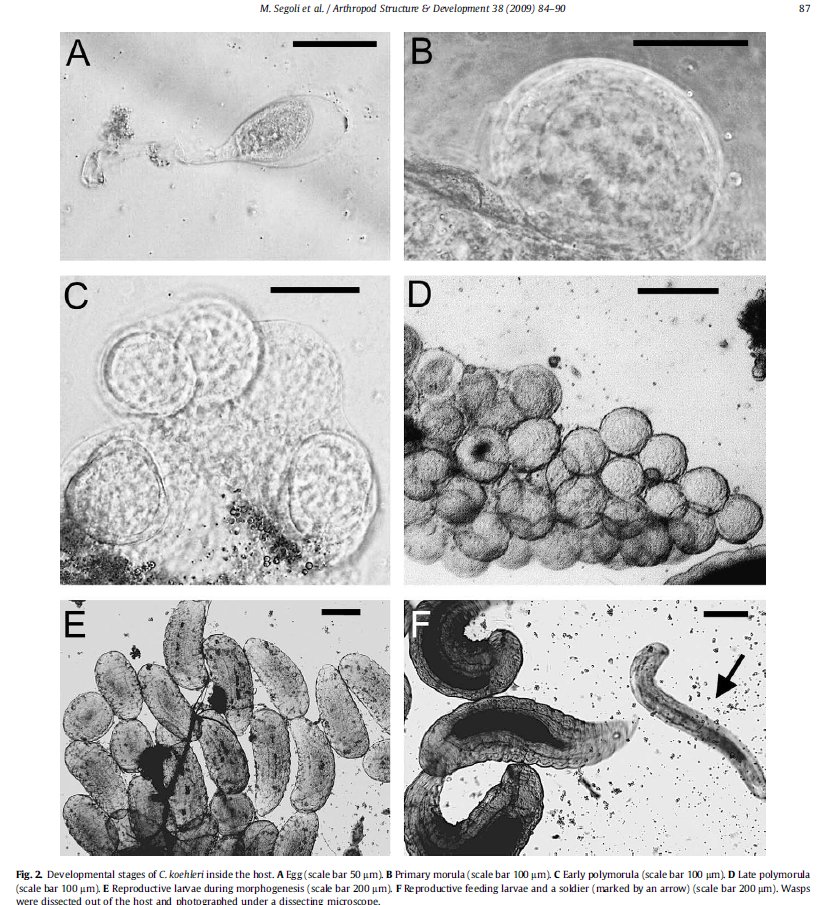
Zoologist, Entomologist, Ecologist, Author https://t.co/6urPmzBCV0, Presenter, @RoyEntSoc Fellow. Green Party Cou
How to get URL link on X (Twitter) App



 Most populations of this wood-munching beetle consist entirely of female larvae (diploid) that give birth to mobile triungulin larvae.
Most populations of this wood-munching beetle consist entirely of female larvae (diploid) that give birth to mobile triungulin larvae.

 The female wasp lays a SINGLE egg in the host (certain moths). The egg divides again and again to form an undifferentiated mass - the polymorula. This photo shows the sequence of development from egg to polymorula to larvae (Segoli et al 2009)
The female wasp lays a SINGLE egg in the host (certain moths). The egg divides again and again to form an undifferentiated mass - the polymorula. This photo shows the sequence of development from egg to polymorula to larvae (Segoli et al 2009) 

 Here's the abdomen with the ventral plates (sternites removed). Lots of important gubbins (technical term) in here. Most animals have a ventral nerve cord - very easy to see here.
Here's the abdomen with the ventral plates (sternites removed). Lots of important gubbins (technical term) in here. Most animals have a ventral nerve cord - very easy to see here. 